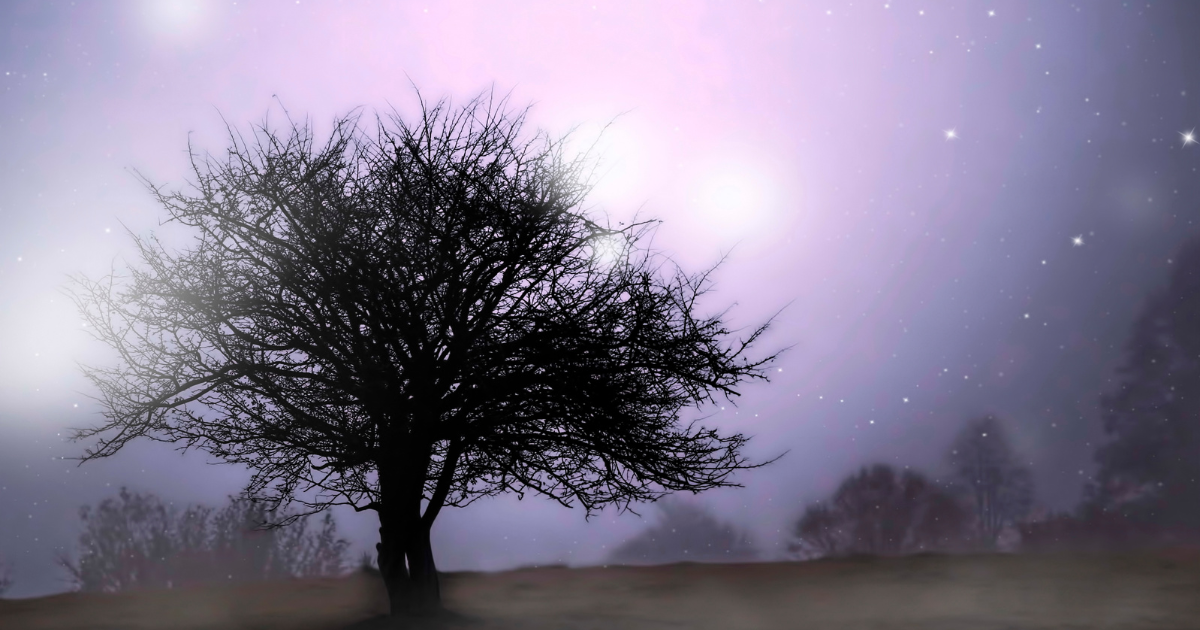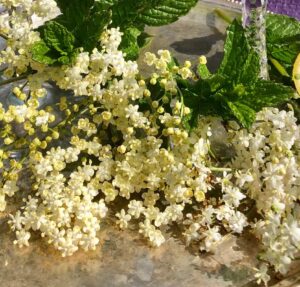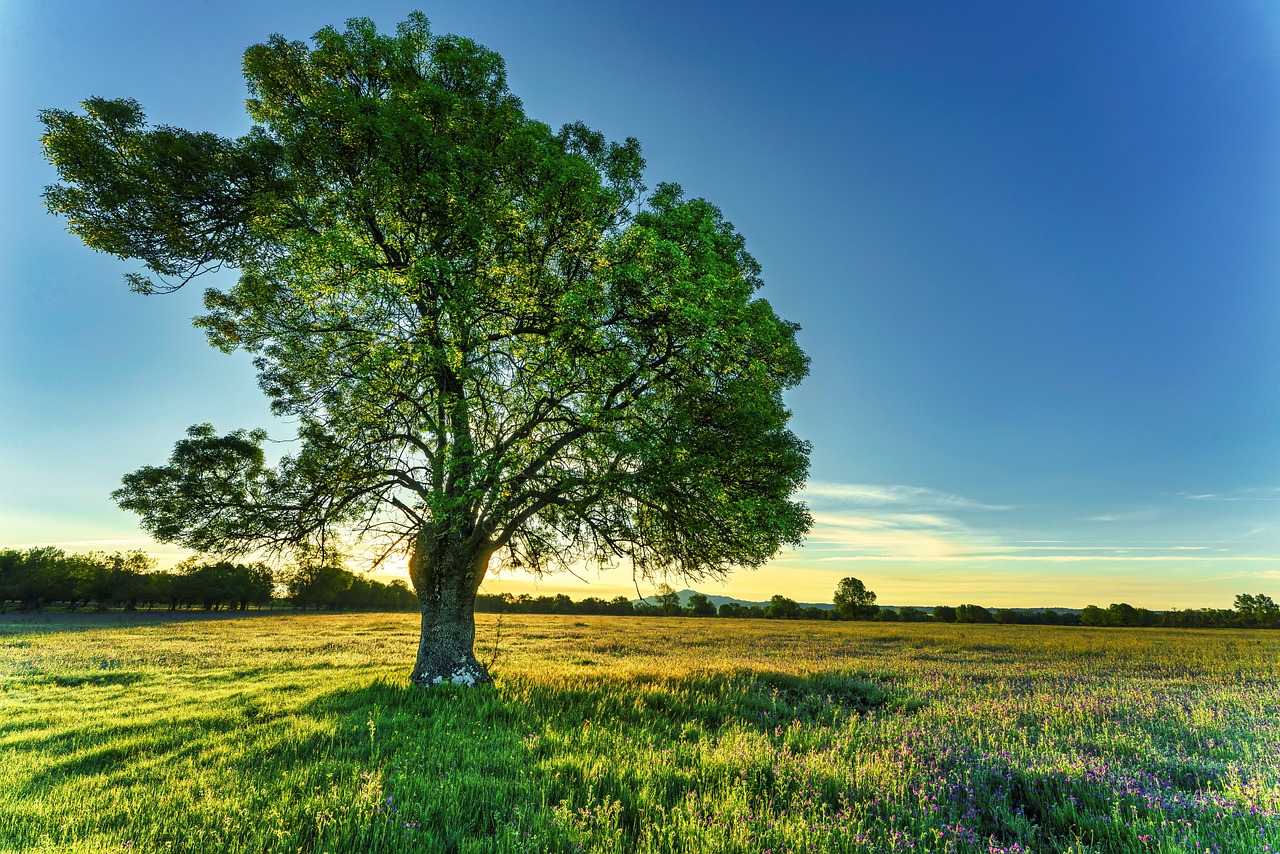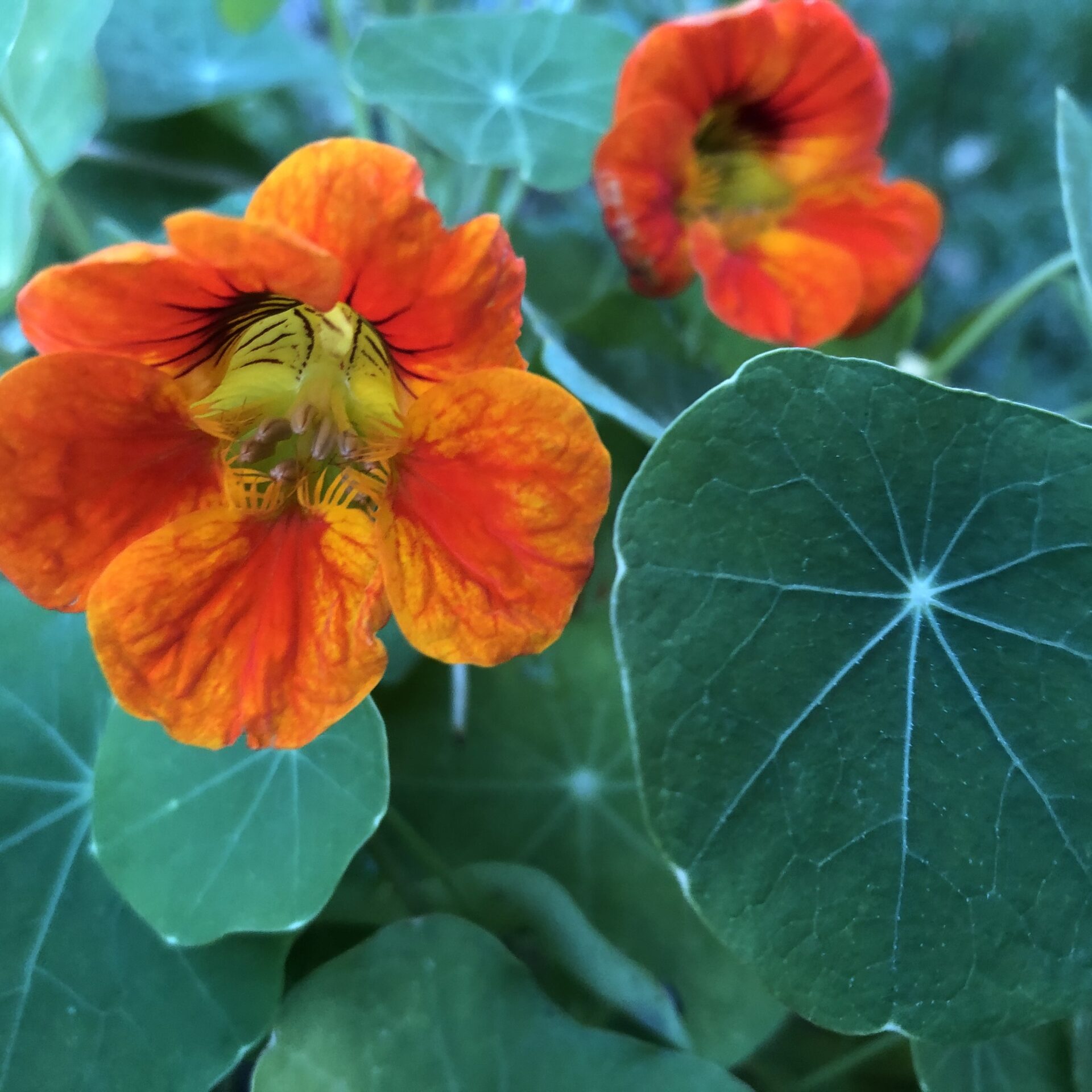We want to share something of our favourite UK tree The Elder, although not a big shower she packs a few punches with her medicine, magic and folklore!
Trees are ancient connections that have intertwined our lives with their stories, superstitions, legends and mythology. And the Elder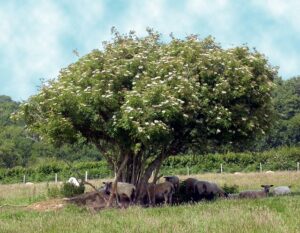 definitely wears the crown as she is an exceptional magical tree. All parts of the Elder can be harvested for food or medicine, and the wealth of this tree’s traditions provides us with a deep understanding of rituals and recipes. While a common sight on wild wastelands, cemeteries and hedgerows, Elder is the kind of tree that demands respect, but which people can often take a dislike to. The folklore of the elder was, and still is, generally perceived as a protective tree, which is why, it was said that planting one close to your home would keep spiteful spirits away.
definitely wears the crown as she is an exceptional magical tree. All parts of the Elder can be harvested for food or medicine, and the wealth of this tree’s traditions provides us with a deep understanding of rituals and recipes. While a common sight on wild wastelands, cemeteries and hedgerows, Elder is the kind of tree that demands respect, but which people can often take a dislike to. The folklore of the elder was, and still is, generally perceived as a protective tree, which is why, it was said that planting one close to your home would keep spiteful spirits away.
The elder might be feared by the devil, but is loved by foragers. In late spring through to early summer, they bloom with their tiny clusters of white flowers; the elder leaves scent was believed to attract the Faery King and Queen during this time, particularly on Midsummer’s Eve, Beltane or Samhain. Although encountering fairies and creatures from other worlds under an elder was considered the best time to see them, other references advise against sleeping under this tree. It could be because the scent of the lemony Elder flowers was also suspected to poison folks who did so. Even sitting under one could risk being banished to the Underworld for eternity.
As the seasons change from late summer into autumn, and once bees and insects have done their pollination, the flowers transform into blackish-purple berries. Sour in taste, dark in colour and poisonous until cooked, they’re also juicy and full of antioxidants and vitamins. As Elders are hermaphrodite, their female and male reproductive parts are made up within the same flower.
The Elder and Celtic Festival Folklore
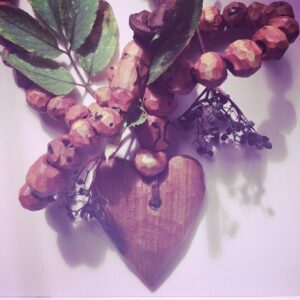 The Elder has many old names – Eldrun, Ellhorn, Hydlore and Hyllan tree – attributed to it. The 13th month in the Celtic Tree Calendar’s cycle, belongs to the Elder Moon, and signifies both a beginning and an end, which was reflected in many of the pagan festivals.
The Elder has many old names – Eldrun, Ellhorn, Hydlore and Hyllan tree – attributed to it. The 13th month in the Celtic Tree Calendar’s cycle, belongs to the Elder Moon, and signifies both a beginning and an end, which was reflected in many of the pagan festivals.
Beltane marked the beginning of the warmer season and was associated with fertility and the blossoming of nature. While the primary focus was often on the Maypole and bonfires, the elder tree, with its association with fertility and rebirth, would have been incorporated into decorations or rituals during this festival. Elder blossom, for example, was worn at Beltane to represent magic and witchcraft, whereas at Samhain, the twigs of the elder were woven into a deaddress so the wearer could be enlightened by spirits.
Folklore of the Elder Mother
“Well, the Romans and the Greeks,” said the old man, “used to call her a ‘Dryad,’ but we don’t understand that word. Out in New Town, where the sailors live, they have a better name for her. There she is called ‘Elder Tree Mother,’ and you must pay attention to her; listen to her, and look at that glorious elder tree!”
– Hans Christian Anderson ‘The Elder Tree Mother’
England, Germany, Denmark and Scandinavian folklore all mention an Elder Mother – Lady Eder, Hyldemöer, Hylde Moer – and the one thing they all have in common, is that it would be wise not to offend this powerful spirit! Inhabiting the branches within the tree, if you needed to use any part of the Elder, you must ask her permission first, usually with rituals or natural offerings, such as berries or flowers. If not asked to even touch the tree, she would haunt the person who had offended her. In essence, this dryad had the power to work untold magic in the world.
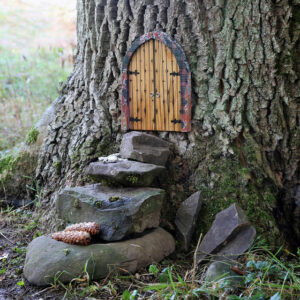 In a similar vein, other folklore of the elder tree, for example, from the Celtic faerie native lands of Scotland and Ireland, referred to fairies and witches when using the elder tree. For Christian’s during the Middle Ages, it was claimed that after betraying Jesus, Judas Iscariot hanged himself on the Elder. This earned it the becoming a symbol of death and sorrow, and practiced for rituals against witches.
In a similar vein, other folklore of the elder tree, for example, from the Celtic faerie native lands of Scotland and Ireland, referred to fairies and witches when using the elder tree. For Christian’s during the Middle Ages, it was claimed that after betraying Jesus, Judas Iscariot hanged himself on the Elder. This earned it the becoming a symbol of death and sorrow, and practiced for rituals against witches.
In contrast, paganist traditions held the Elder as a tree of respect in which it could eradicate negative energy or spells. It was also believed that it could protect and heal, and, in this instance, if you fell asleep under one, you’d experience vivid dreams, especially of faerie realms.
The magic of the Elder tree often gives rise to being a gateway to juxtapositions. The outer wood is hard and strong, but the inner self is soft, with the sap believed to be the blood of life. It’s a shallow-rooted tree, but it is also sturdy, and while the canopy is airy and wide, it grows close to the ground, protecting it from the elements. Her food changes from sweetly scented flowers to dark, sour berries, emulating light to darkness.
A Few Superstitions of the Elder
The Elder has long been associated with folk magic and witchcraft, but as Christianity evolved, ancient customs and lore merged into superstitions, but many are still relevant today.
It was thought that elder tree berries would only ripen after being pecked by a Blackbird. This association between the Blackbird and the elder tree added to the tree’s mystical significance.
Protection:
- When wearing elderflowers in your hair, kindly spirits will keep you from harm.
- Similarly, wearing or carrying any part of the Elder, such as wood, flowers, berries or leaves, will protect you from an attack.
- Hanging leaves and branches in doorways and windows also safeguards the people dwelling within.
- Planting Elder trees close to houses protected them from lightning, diseases and harmful spirits, but also encouraged fertility.
Medicinal Magic:
- Many blessing rituals made use of elderberry oil or water.
- Elderberry-based remedies, such as an elder decoction were made to ward off illness and negative energy.
- Elder flowers can be added to water as a facial wash for natural skincare, but it was also believed to be effective for freckles, sunburn, burns, piles and bites from adders and mad dogs
- Elderflower tea has been used as a traditional remedy to help reduce fever by promoting sweating, and also as a relief from headaches.
- Elder wine was used to achieve clairvoyance and hallucination.
Magic of Elder Wood
‘Elder is the lady’s tree, burn it not or cursed ye be’
“Elder Mother, let me borrow some of your wood and when I turn into a tree you can have some of mine.”
Most of us will have heard that it’s unlucky to cut or burn Elder wood for fear of bringing bad luck; above all else, it hisses and burns quickly, but when its branches are added to a fire, it shows its wrath by going out. If you were brave or foolish enough to cook food over a fire of an Elder, the food could turn into poison and wouldn’t be edible.
But, as with most contradictions of the Elder, the hollow branches are soft inside and can be polished up nicely on the outside. This gives it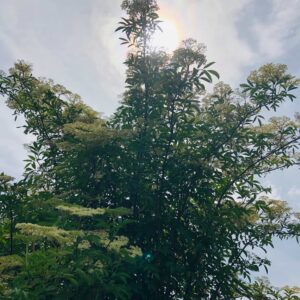 the accolade of producing woodwind instruments, such as whistles, pipes, bellows and flutes, that created music most loved by fairies and connecting with the spirit world.
the accolade of producing woodwind instruments, such as whistles, pipes, bellows and flutes, that created music most loved by fairies and connecting with the spirit world.
We have beautiful necklaces made of Elder wood beads, that we treasure. Find out more in this video.
When it comes to the witchy elements of the Elder, particularly during Christian eras, it was thought that witches themselves could turn into an Elder tree by gathering under its leaves. They transformed the wood into magic wands, and in Ireland, they rode on Elder sticks or magic horses, rather than broomsticks. A witch stirring a bucket of water with an elder twig could conjure up terrible weather.
As with anything we take from nature, expressing our gratitude and thanks is a positive approach that nature appreciates. If you do take the flowers, berries or wood from an Elder tree, ensure you offer your respect with an open heart. In our modern world, tidying up any rubbish around the tree is a kind act in itself, and creates a powerful bond with this tree of such wisdom.

